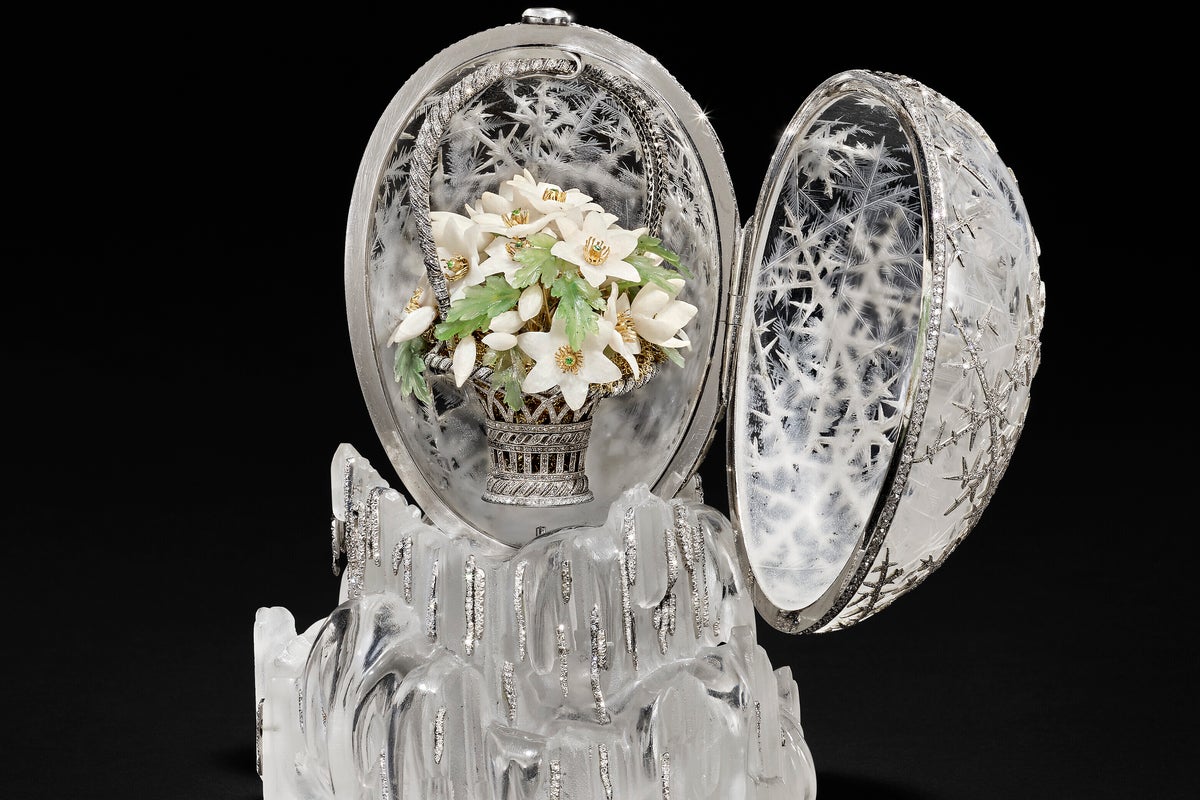An exquisite Faberge egg, originally commissioned by Emperor Nicholas II in 1913, is expected to command more than £20 million at auction.
Known as the Winter Egg, this opulent creation was a lavish Easter gift for his mother, Dowager Empress Maria Feodorovna, and is considered among Faberge’s most magnificent imperial works.
Following the 1917 Russian Revolution, it was moved from St Petersburg to the Kremlin Armoury in Moscow, alongside other royal treasures. The Soviet government controversially began selling off art from the Hermitage Museum and other collections in the 1920s, often for a fraction of their true value.
The Winter Egg was acquired by antiques dealers Wartski of London for £450, and then sold to a British collector in 1934 for £1,500, before later being sold on to another.
It was believed lost for two decades between 1975 and 1994, when it was sold at Christie’s for a world record sum of 7,263,500 Swiss francs (£6.8 million)
In 2002 it was once again sold by Christie’s, again selling at a world record of 9,579,000 US dollars (£7.1 million).
It is finely carved in rock crystal and engraved on the interior with a frost design, while the exterior is applied with rose-cut diamond-set platinum snowflake motifs.
Margo Oganesian, Christie’s head of department, Faberge and Russian works of art, said: “It is a privilege for Christie’s to be entrusted with the sale of the exquisite Winter Egg by Faberge for the third time in its history.
“With only six other Imperial Easter Eggs remaining in private collections, this is an extraordinary chance for collectors to acquire what is arguably one of Faberge’s finest creations, both technically and artistically.
“It would undoubtedly enhance the most distinguished collection.”
The Winter Egg will be sold at auction during Christie’s Classic Week in London on December 2.

